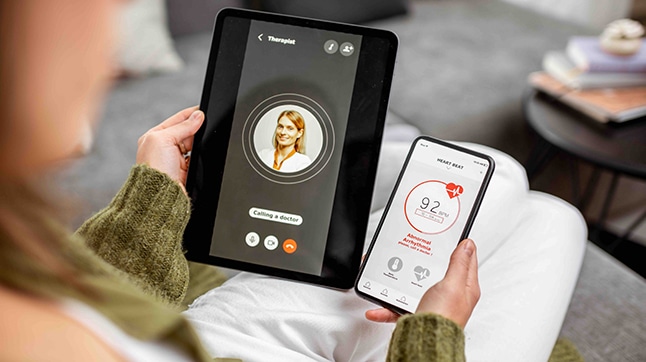Over the last month, more and more businesses have found themselves working in predominantly online modes. Working from home, i.e. teleworking, is now the new normal. That means we have all had to be creative about how we structure our work days, build our work spaces and how we interact with our colleagues. Virtual meetings and video conferencing is now a standard part of daily life for many organisations. However, not all organisations are appropriately equipped to utilise this technology to its full potential. There is no use holding online meetings if the sound and video is jumpy, or the connection times out half way through. Ensuring your network is optimised for video conferencing is vital to your organisation’s ongoing success during these uncertain times.
The differences between streaming video and hosting a live conference are vast. When streaming a standard cat video from say YouTube, the video downloads in small parts in advance, which mitigates any network instability during playback. When you host live video, data must be received consistently in real time so that the content is clear. On average, businesses need to account for around 100 users sharing the internet, with each making 5 to 6 calls and accounting for at minimum 5 percent of the concurrent bandwidth overhead utilisation. Add another ten percent if you are using online conferencing due to the additional buffer strength required.
It sounds complicated, but it doesn’t need to be. That’s why we have put together this handy guide on how you can optimise your network experience for video conferencing to tackle the nuances of this format.
First things first
Whether you are just starting to use video conferencing, or are using it more with more users, it is integral that you scale up your network bandwidth to meet the demands placed on it. The transmission capacity of a connection is an important factor when determining the quality and speed of a network or the internet connection. Ask yourself if your service provider is giving you full bandwidth? One way you can tell is based on the quality of your video conferences. Meetings with the appropriate bandwidth will be stable and seamless. If the video and/or audio is sluggish, there might be a synching problem between motion and audio. Or, content sharing could be experiencing a delay. There is a range of equipment, including Opmantek’s opFlow, that will help enhance your overall video call and conference experience.
How opFlow can help with video conferencing?
When conducting a video conference between two users, about 2Mbps of upload and download bandwidth is used for both users. This is the minimum requirement to ensure the conference is smooth and clear with high quality audio and video. Opmantek opFlow gives valuable network insights that allows companies and users to see how much of the network is being used, by who and in what way. This is vital information for troubleshooting any issues caused by bandwidth availability. Further, opFlow rapidly identifies any bottlenecks occurring affecting bandwidth so that they can be quickly rectified. It produces summary reports to provide the greatest possible transparency on usage.
Traffic and security analysis is another important factor to consider when looking at bandwidth related interruptions. opFlow identifies any abnormalities in traffic patterns, and detects security threats to allow for the prevention of issues before they arise. This includes managing congestion, checking areas of high data usage and honing in on suspicious behaviour. When it comes to navigating the future of daily operations, infrastructure planning and capacity management is vital. Building video conferencing into plans is easy with the key information provided through opFlow – for both planning and network capacity management. There is also the capability for reduced downtime through the rapid change impact identification feature.
For added convenience, opFlow is extremely affordable and is compatible with multiple vendors and protocols including:
– Cisco NetFlow
– NetFlow-Lite
– NSEL
– Juniper J-Flow sFlow and IPFIX.
In summary
Now is the time to diversify and embrace the evolution of new business practices and standards. For many, this is leading to positive change organisation-wide. For more tips on optimising your network, network management, or to find out more about how Opmantek’s opFlow low-cost features can help you start managing and analysing your Netflow, contact us today.





